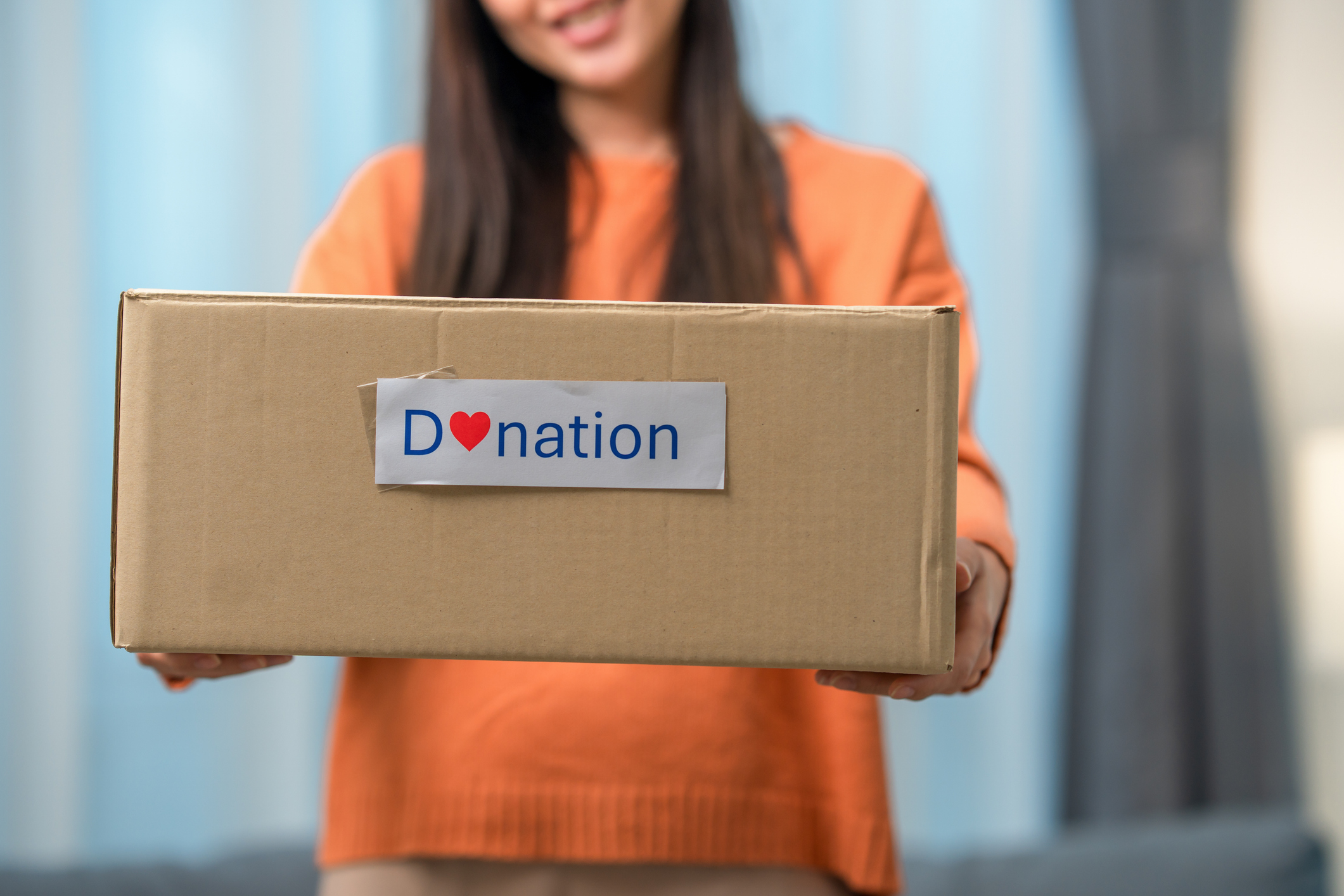4 Ways to Create Your Own Pension
Most of us can't count on a defined benefit plan from our employers, but you can still find a way to generate enough income to support you through a comfortable retirement.

A generation ago, if you worked for a large employer, you retired after 30 or 40 years with a nice pension that paid you every month until your dying day. That isn’t the reality for most of us today.
See Also: Kiplinger's Investing for Income
Our generation and those following us have no traditional pension (unless you work for the government or an old-line company that hasn’t yet shed its defined benefit pension plan). The fact is, the vast majority of us will move into retirement without the security of a guaranteed monthly income.
So how do you create your own pension when no one else will provide you with one? Here are four ways to create a monthly income similar to what a company pension would provide.
From just $107.88 $24.99 for Kiplinger Personal Finance
Be a smarter, better informed investor.

Sign up for Kiplinger’s Free Newsletters
Profit and prosper with the best of expert advice on investing, taxes, retirement, personal finance and more - straight to your e-mail.
Profit and prosper with the best of expert advice - straight to your e-mail.
1. Purchase an immediate annuity.
If you’ve read many of my articles or listened to my radio show, Hanson McClain’s Money Matters, over the past two decades, you’ll know I’m no fan of annuities. It’s not that I don’t like the protections that the insurance provides, it’s that the majority of annuities contain high costs and are sold by salespeople who have little or no training in securities or financial planning. I believe most annuities are simply bad investments.
But an immediate annuity is different in that it acts much like a pension. You hand over to an insurance company a chunk of cash in exchange for a monthly payment that you cannot outlive. Even if you live 102 years, the insurance company continues to pay you a check each month.
The problem with this sort of annuity in today’s low interest rate environment is the low yields. Insurance companies have to live in the same investment market as the rest of us, and their returns aren’t what they were in the past, so the yields paid on their annuities are much lower than several years ago. Still, for those requiring guaranteed income, they can do the trick.
2. Build a portfolio based on dividends and interest payments.
This requires quite a bit of retirement savings, but if you have a large nest egg, and you don’t need a high return, building a portfolio of income-paying stocks, exchange-traded funds and bonds isn’t a bad way to go. You’ll get a lower monthly return in the short run, but over time, this strategy could produce the most amount of wealth, particularly if the majority of the portfolio is in equities.
3. Get a reverse mortgage on your home.
This may not be a conventional method of replacing a monthly pension, but, for the right situation, it can be a perfect solution.
With a reverse mortgage, you don’t give up control of your home, but rather, you take a loan against it that doesn’t need to be repaid until you either sell the home or move.
If your home is currently paid off, and you are over age 62, you can use a reverse mortgage to pay you a monthly check until your dying day, similar to an immediate annuity. If you die young, your loan balance will be relatively small, and your heirs will inherit your home with a modest mortgage balance. And if you live past the century mark, the reverse mortgage will continue to provide you a monthly income, provided you are still living in your home.
4. Build a diversified portfolio, and set up a monthly withdrawal.
This approach doesn’t provide the same sort of guarantees that a government pension provides, but it’s a strategy employed by many that is similar to how company pension plans manage their own portfolios.
With this strategy, you simply put together a broadly diversified portfolio of stocks, bonds and perhaps some alternatives, and set up a systematic withdrawal each month. Some months your portfolio will gain much more than you withdraw, and other months it will decline, but the idea here is to have a withdrawal amount that will be sustainable over the long-term. The danger here is that if you take out too high of a withdrawal, or your portfolio doesn’t generate enough of a return, you could have trouble maintaining your monthly income into your golden years.
The simple reality is that it’s tougher to retire without the help of a monthly pension. Most of us qualify for Social Security, which will provide a monthly income, but it certainly won’t replace our paychecks the way some government pensions do.
In today’s world, there is no perfect strategy to replacing a monthly pension. But with the right kind of retirement planning, and perhaps taking into consideration some options that were unthinkable in the past, it’s still possible to retire with the confidence that your finances will last at least as long as you will.
Profit and prosper with the best of Kiplinger's advice on investing, taxes, retirement, personal finance and much more. Delivered daily. Enter your email in the box and click Sign Me Up.

Scott Hanson, CFP, answers your questions on a variety of topics and also co-hosts a weekly call-in radio program. Visit HansonMcClain.com to ask a question or to hear his show. Follow him on Twitter at @scotthansoncfp.
-
 How to Read a Company's Balance Sheet Like a Stock Pro
How to Read a Company's Balance Sheet Like a Stock ProKnowing how to read this financial statement can help you separate strong companies from struggling ones.
-
 How to Choose the Best Charities to Donate To
How to Choose the Best Charities to Donate ToWhile you set your giving strategy, think about your values, and select organizations that will put your contributions to good use.
-
 I'm a Financial Planner: This Is Why Commitment, Not Perfection, Drives Financial Success
I'm a Financial Planner: This Is Why Commitment, Not Perfection, Drives Financial SuccessMeeting your goals is more likely if you stick to your strategy despite market volatility and scary headlines. Consistency makes a difference.
-
 I'm a Financial Professional: This Is Why Now Is the Time for Investors to Look Abroad
I'm a Financial Professional: This Is Why Now Is the Time for Investors to Look AbroadExtreme U.S. market concentration has made international equities not just a diversification play, but a timely opportunity.
-
 Four Ways to Make the Most of Your Benefits During Open Enrollment
Four Ways to Make the Most of Your Benefits During Open EnrollmentOpen enrollment is a chance to make sure you're getting every ounce of value from your workplace benefits and on track to reach your long-term financial goals.
-
 Your Estate Plan Isn't 'Done' Until You've Completed These Five Steps, From an Estate Planning Attorney
Your Estate Plan Isn't 'Done' Until You've Completed These Five Steps, From an Estate Planning AttorneyCongratulations on getting your estate plan in order. Now, you need to communicate the relevant details to ensure your plan is effectively carried out.
-
 A Nightmare for Parents: How to Navigate the Legal Boundaries of Tenant Rights During a Family Crisis
A Nightmare for Parents: How to Navigate the Legal Boundaries of Tenant Rights During a Family CrisisThis family's story illustrates how important it is to get help sooner rather than later and highlights the complexities of tenant rights and legal protections.
-
 Eight Steps to Help Get You Through the Open Enrollment Jungle at Work
Eight Steps to Help Get You Through the Open Enrollment Jungle at WorkWondering how to survive open enrollment this year? Arm yourself with these tools to cut through the process and get the best workplace benefits for you.
-
 Seven Moves for High-Net-Worth People to Make Before End of 2025, From a Financial Planner
Seven Moves for High-Net-Worth People to Make Before End of 2025, From a Financial PlannerIt's time to focus on how they can potentially reduce their taxes, align their finances with family goals and build their financial confidence for the new year.
-
 I'm a Financial Planner: These Are the Seven Tiers of Retirement Well-Being
I'm a Financial Planner: These Are the Seven Tiers of Retirement Well-BeingLet's apply Maslow's hierarchy of needs to financial planning to create a guide for ranking financial priorities.